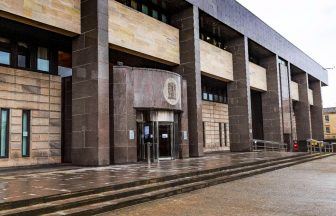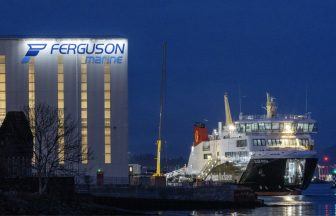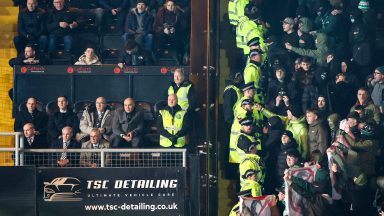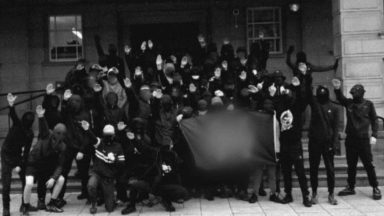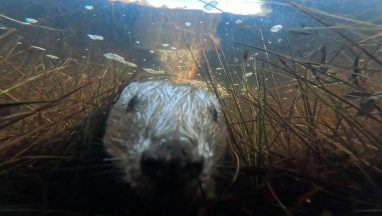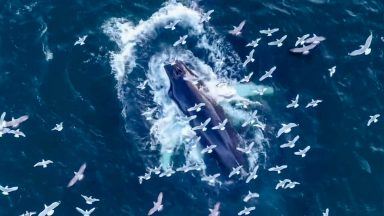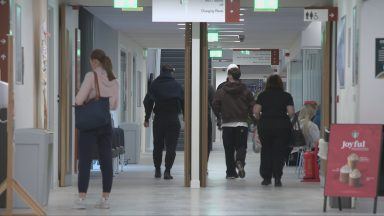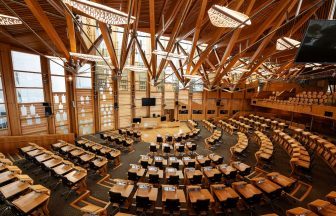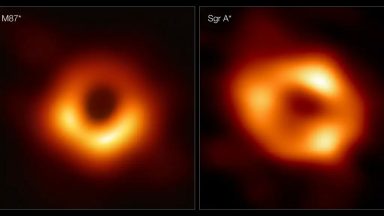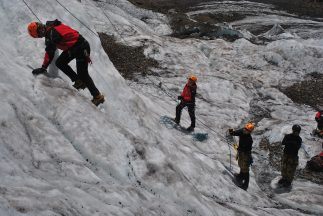Parts of the Scotland have a “decent chance” of seeing the Northern Lights on Thursday, the Met Office said.
Met Office spokesman Stephen Dixon said some Scottish stargazers could see the Aurora Borealis on Thursday night into Friday morning.
He said that most of the UK would have a good chance of seeing the lights except for western parts of Scotland due to showers and patchy clouds in the area.
However, he added that further residual viewings could be possible over the weekend.
He said rain and cloud would obscure some viewing potential this weekend, meaning Thursday night was the “main focus in terms of any Aurora visibility”.
The Met Office added that sightings of the Aurora Borealis were also likely in Northern Ireland, and possibly in the north of England and the Midlands.
Mr Dixon told the PA news agency: “When it does reach Earth, there are likely aurora sightings in Scotland and Northern Ireland, with a chance of some sightings in the north of England and slightly further south.
“Even in the Midlands too, if you’ve got a camera with particularly long exposure that can highlight some of the auroras that are happening overhead.
“The further north you are, the more likely you are to get good visibility.”
He added: “In terms of cloud cover overnight, there are relatively clear skies for much of the UK, so there is a decent chance of visibility.
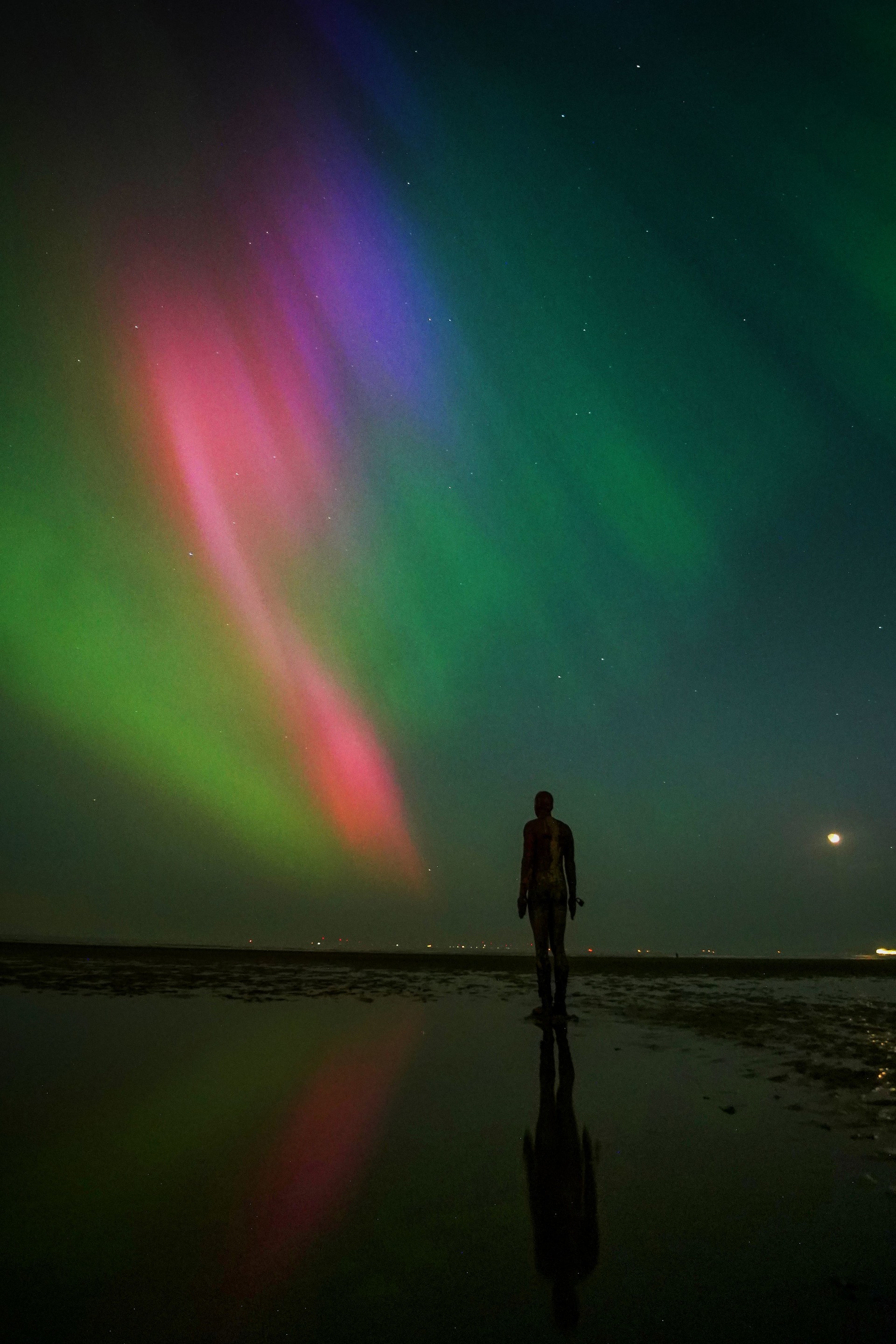 PA Media
PA MediaThe auroras on Earth, which are most commonly seen over high polar latitudes but can often spread south to be visible over parts of the UK, are chiefly influenced by geomagnetic storms which originate from activity on the sun.
The sun works on a cycle of around 11 years called the solar cycle – with peak sunspot activity on the surface of the sun referred to as solar maximum.
Sunspots give the potential for Earth-directed releases of large bursts of energy, called coronal mass ejections, which can lead to aurora visibility.
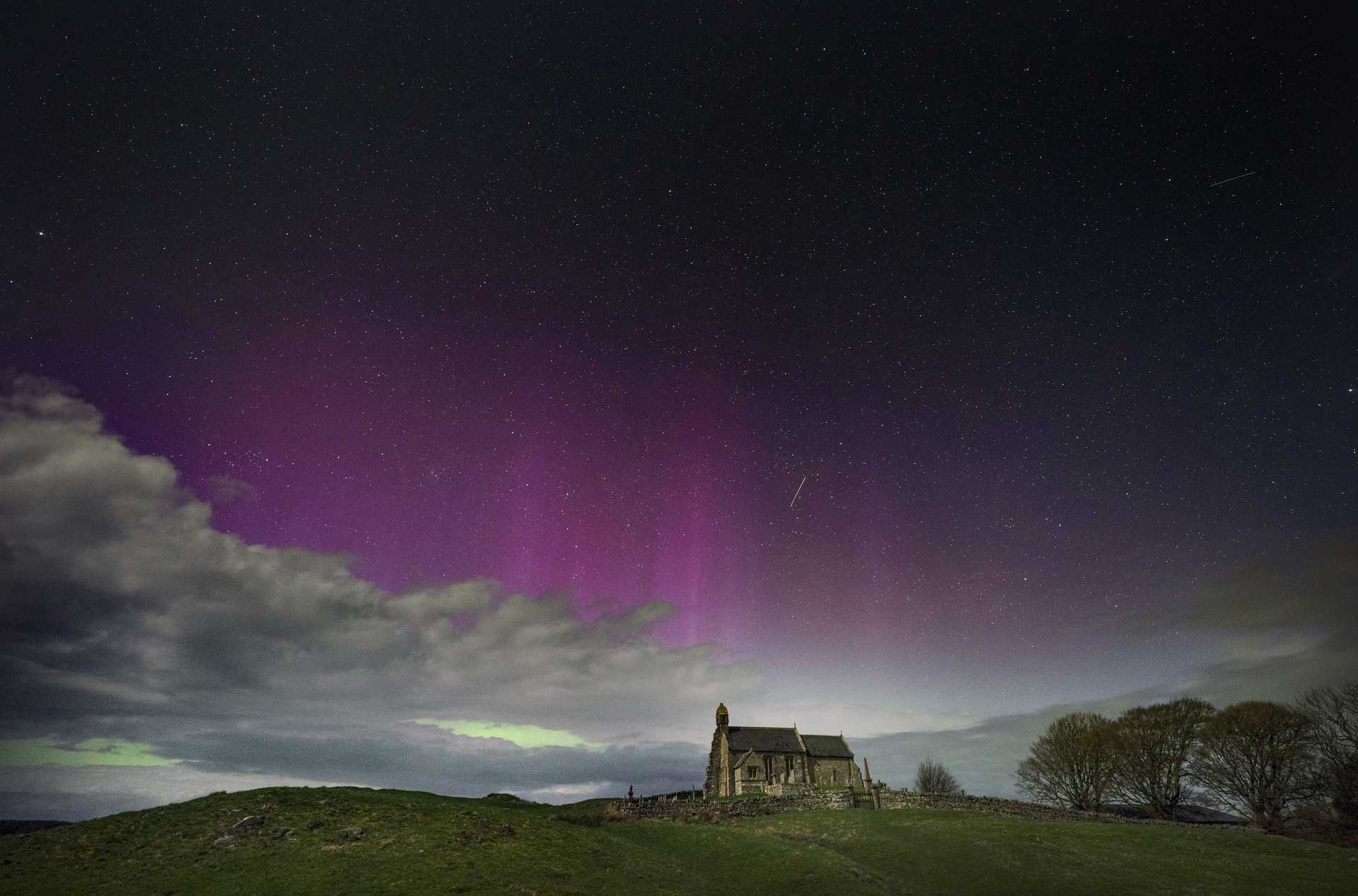 PA Media
PA MediaMr Dixon said: “We’re near the peak of that solar cycle so there have been more space weather events in recent months.
“International prediction centres, including the Met Office Space Weather Operations Centre, are expecting solar maximum to be later this year or early next year.”
He added that it would still be possible to see the Northern Lights in the UK once the sun passes the peak of the solar cycle.
Mr Dixon said: “As we move through the next few years, we expect a gradual decline.
“But that doesn’t mean we won’t see further space weather events, where you could see auroras across the UK.”
Aurora displays occur when charged particles collide with gases in the Earth’s atmosphere around the magnetic poles.
As they collide, light is emitted at various wavelengths, creating colourful displays in the sky.
Follow STV News on WhatsApp
Scan the QR code on your mobile device for all the latest news from around the country


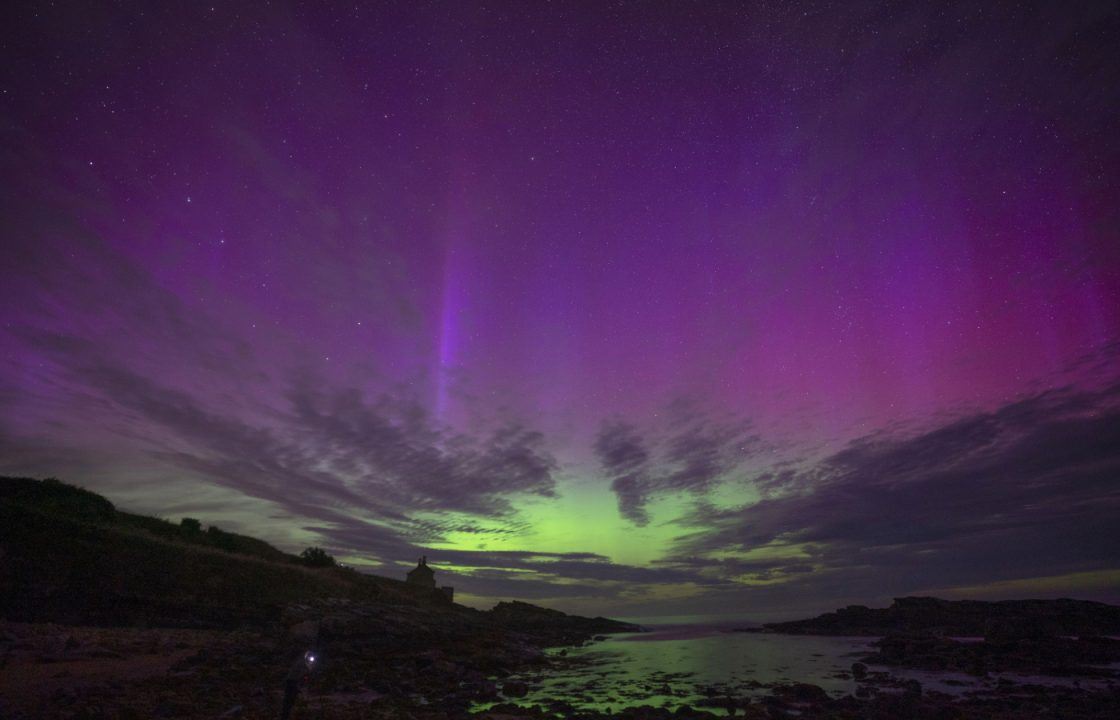 PA Media
PA Media



